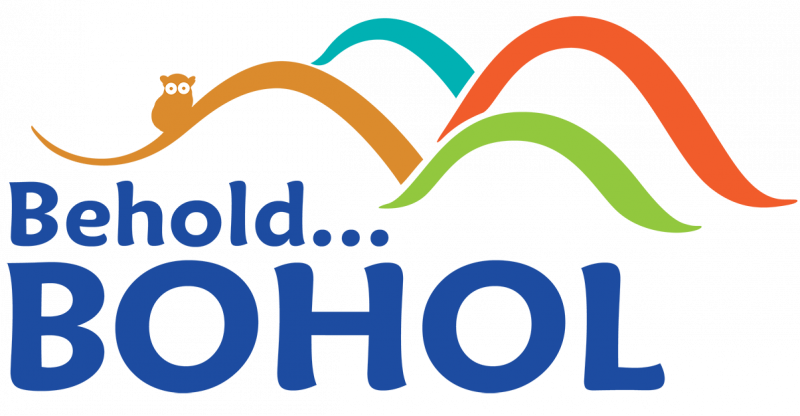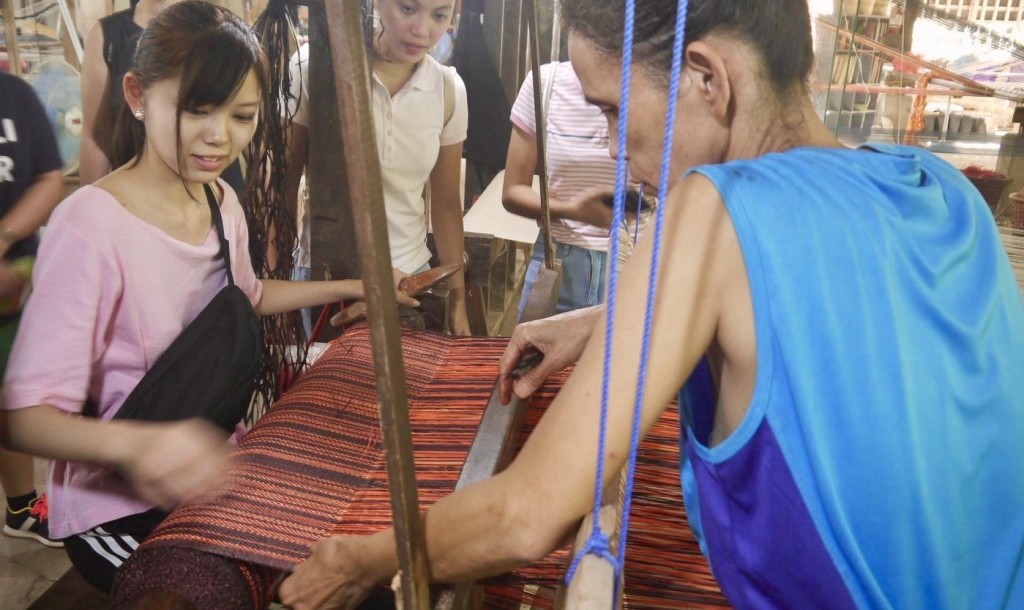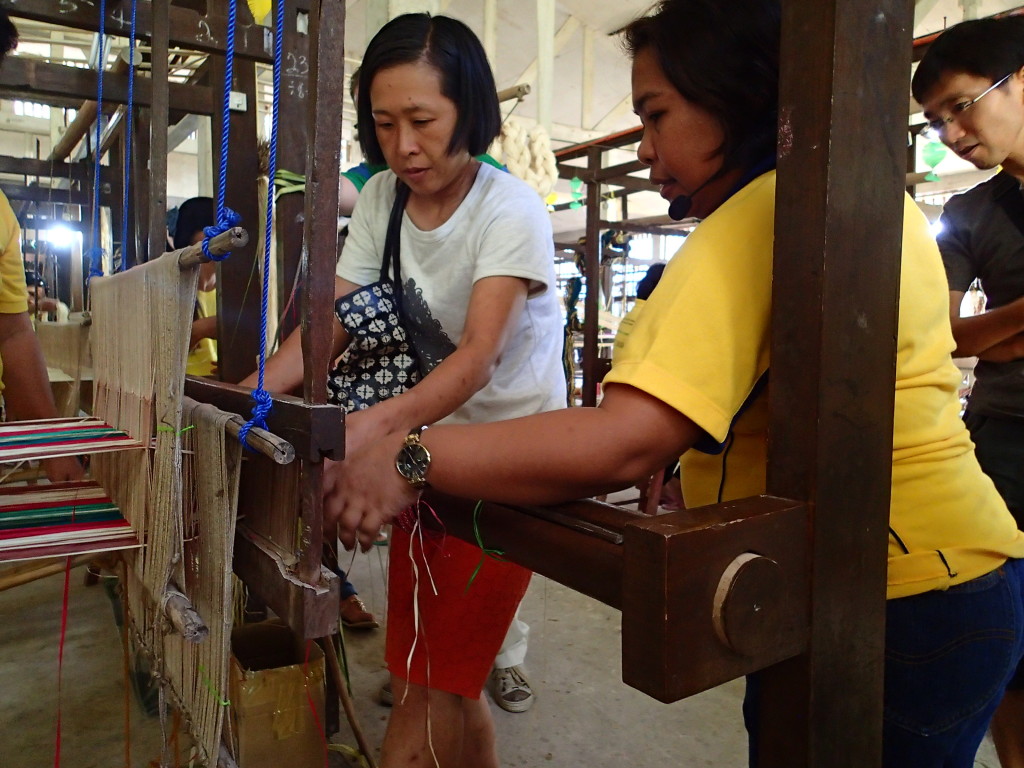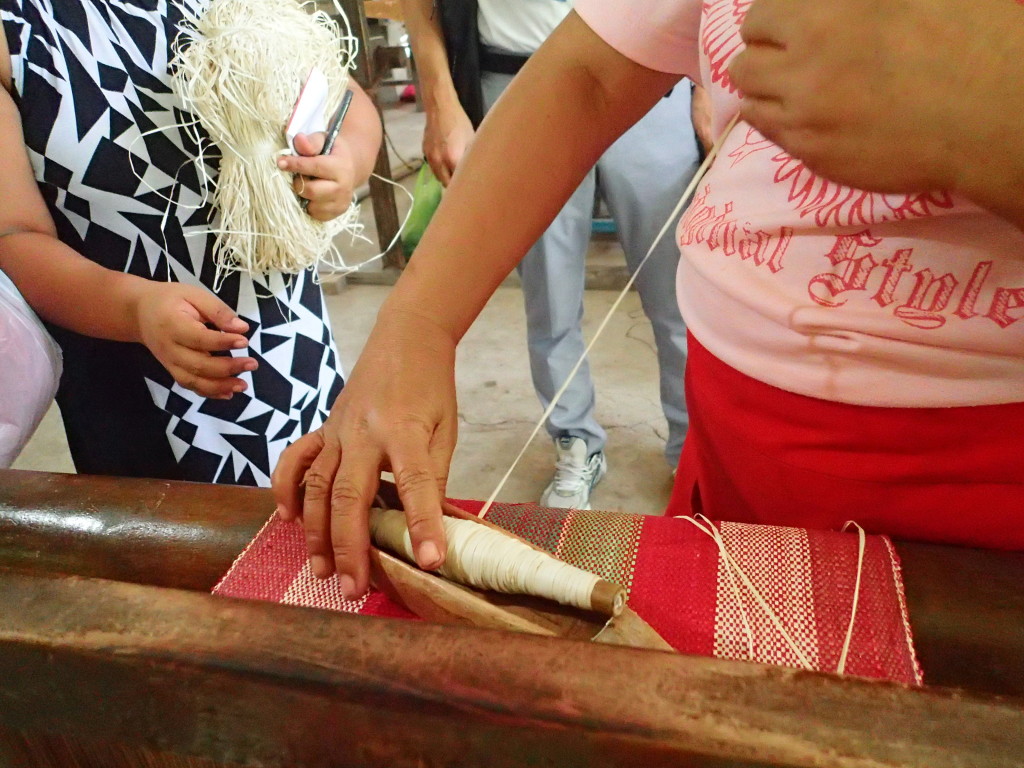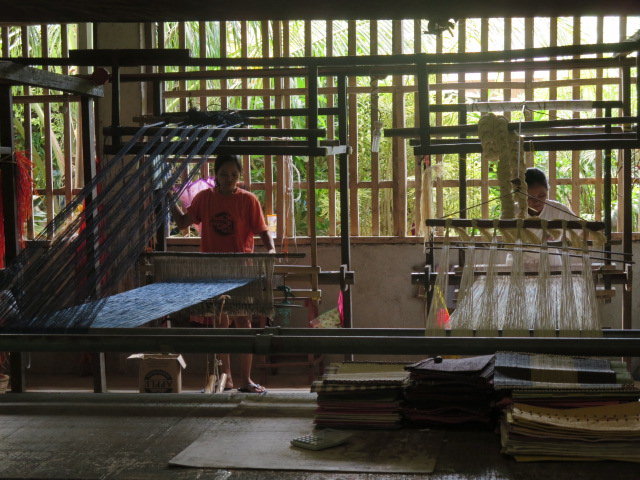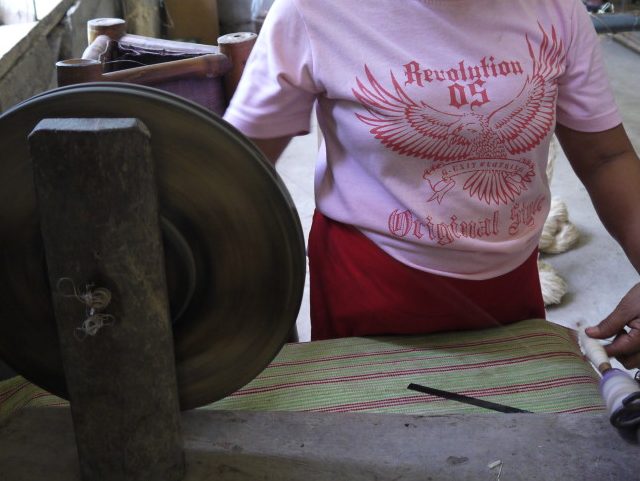Loom weaving is considered a major source of income for the local residents of Tubigon. For many weavers, wives of farmers and fisherfolks in Tubigon, loom weaving has been their major source of bread and butter. Fortunately, with just an initial capitalization of only P5, 000, the Tubigon Loom weavers Multi-purpose Cooperative has grown to a P1.5 M enterprise after 13 years.
Loom weaving utilizes raffia fibers extracted from young, unopened buri leaves. The fiber knitted for your table placemat, or bag, comes from buri palm tree, which grows abundantly in Bohol. Currently, members of the Tubigon Loom weavers Multi-purpose Cooperative prepare customized designs based on the concept and ideas of their clients.
Before it gets to be like your bag, its passes through hands of the community in many different ways. The weavers harvest, strip, and sun-dry the young buri leaves to produce the beige fiber. Subsequently, the fiber is then sorted according to shape, texture, and length.
Then to make it ready for weaving, the fiber is tied into long spools, hanks, balls or braids. Everything is a labor by hand!
Into wooden looms, these raffia fiber join a countless other fibers to form tapestries that narrate a history of a craft that feeds a community and its future generations.
Facts and Figures About Tubigon
Tubigon was derived from the word “Tubigan” which meant a place abounding with water. Back in the old days, the community was always submerged in water whenever the nearby rivers overflow during rainy seasons. Later, the early settlers changed the name to “Tubigon” to indicate the presence of the many springs and streams of the town. At present, these water sources have been pooled and converted into a giant irrigation dam to help regulate the flow of water supply in rice fields.
Information of Eco-Tour
| Address | Pinayagan Norte, Tubigon, Bohol |
| How to get there |
By private car – 1 hour For bus, jeep, car for hire, etc. – Van, Bus/Ceres |
| Schedule | Monday-Saturday 8:00AM-5:00PM Sunday 10:00AM-5:00PM |
| Precaution Statement | There is no specific age limit for the tourists to experience the eco-tour. How much time is allotted to experience the eco-tour? around 45 minutes |
| Contact Person | Ma. Trina V. Sumayang |
| Contact Number | 038-5089141 / 09295306647/ 09153646021 |
| ma.trinasumayang@yahoo.com.ph |
